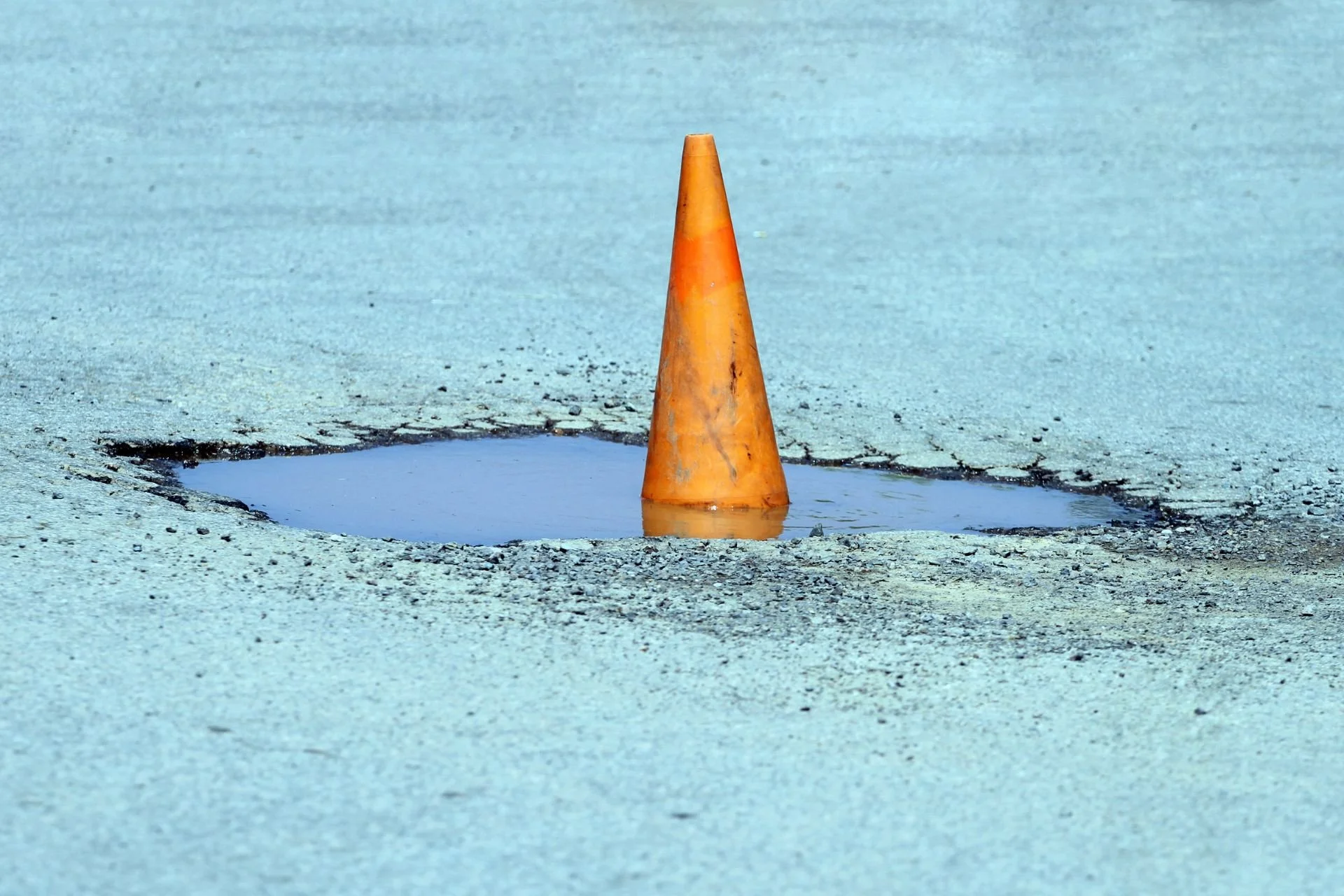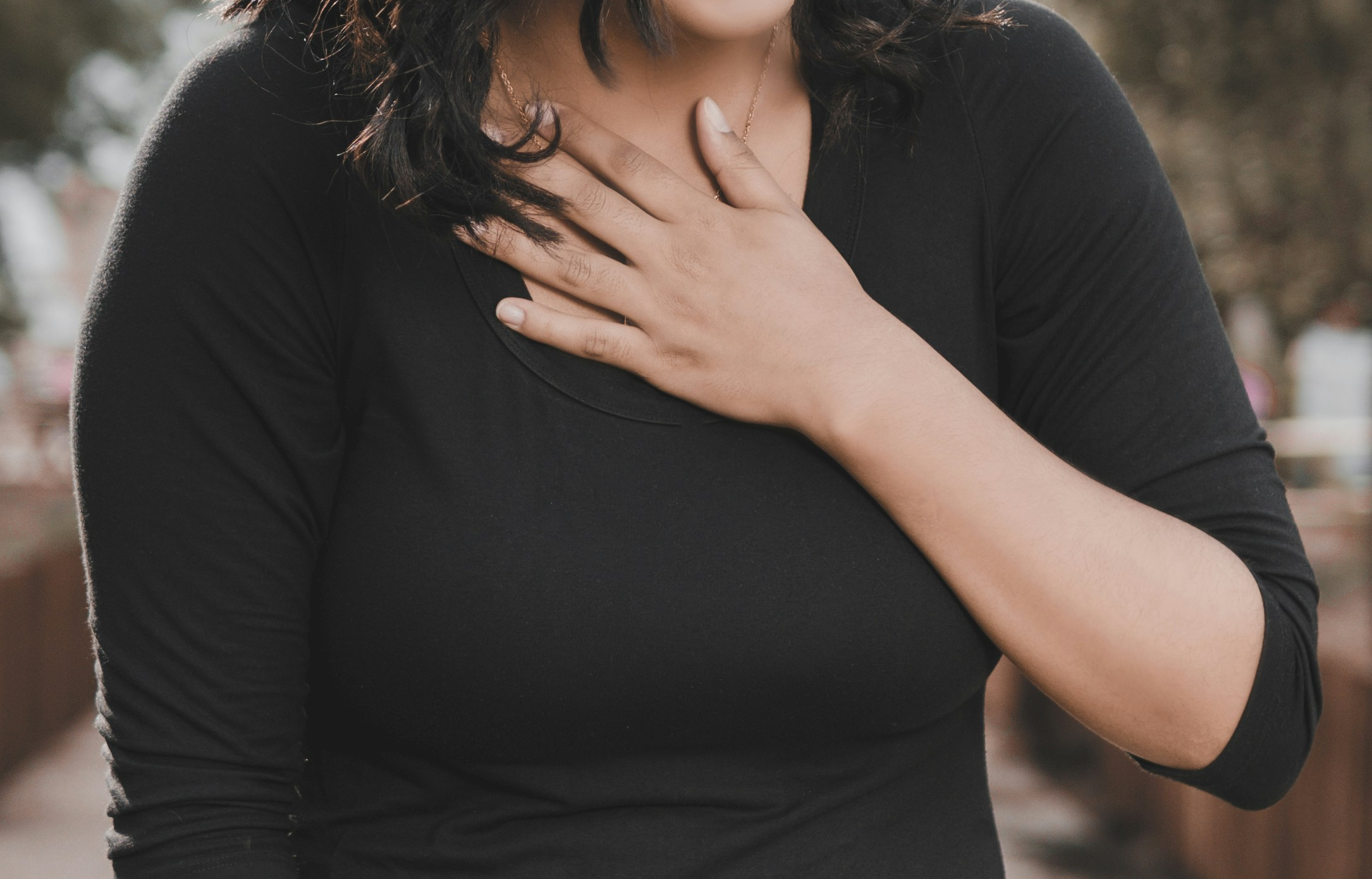Rethinking Safety, Stress, and Healing
When recovering from chronic pain, we often come to the mistaken conclusion that in order to heal we need to avoid all stress and access absolute safety. This post explores the mind-body connection, shifting our perspective on stress an safety, and practical invitations to inhabit our full liveliness and heal.
“I’m Not Good at Healing”: Learning to Steer with Kindness
If you've ever felt like you're "not good at healing," you're not alone. In this entry, I share a story from my mom that offers a tender metaphor for navigating the inevitable "potholes" of our healing journey. With humor, compassion, and curiosity, this piece invites a more forgiving and sustainable relationship with self-care, change, and inner growth.
On First Tries, Sticky Dough, and Letting Go of Imperfectionism as We Heal
What sticky dough, lopsided loaves, and a very persistent inner critic showed me about healing. It isn’t about getting it perfect, but about showing up human, curious, and kind. Whether you're on your own healing path or supporting others, I hope this story offers some permission to soften, invite playfulness and joy, and begin again.
When Anxiety and Physical Symptoms Show Up: A Gentle Reframe and Ways to Respond
Struggling with anxiety and physical symptoms in everyday stressful moments? Discover a gentle reframe from managing to tending to your experience, learn why self-talk often falls short, and explore compassionate practices that can help soothe your nervous system.
Breaking the Pain Cycle: (Re)Learning Wellbeing and Ease
Different things will work for different people, and you’re invited to get curious about what your own recipe for healing will be. A successful treatment will honor your lived experience and story, your values, needs, strengths, and resources. .
The Role of Adversity, Personality, Depression, and PTSD in Chronic Pain
Childhood adversity, depression, post-traumatic stress and personality traits can all play a role in chronic pain — and recovery. Healing is about experiencing a greater sense of agency, being in charge of our own healing, and reclaiming our lives.
How to Know If Your Pain or Symptoms Are Nociplastic
All pain feels like it’s coming from the body, and nociplastic pain and symptoms are just as real as those from injury or tissue damage, so it can be difficult determine whether our pain is nociplastic pain. Learn about its characteristics and how it can be reversed..
How does persistent pain happen?
Pain is a protective mechanism - your bodymind doing its best to look after you. When there is a threat - whether of physical injury or to our safety, dignity or belonging, our brain sends out pain messages to let us know that there’s something wrong.
The biopsychosocial model of pain and beyond…
Let’s find new language for our embodied experience that emphasizes oneness and interconnectedness of our bodymind and our ability to heal through intentional practices that account for our whole being and experience.
Bodymind (re)learning for wellbeing and ease: a path towards healing and freedom from persistent pain and other symptoms
The fact that your pain/symptom has been ‘chronic’ does not mean that it will last forever.









